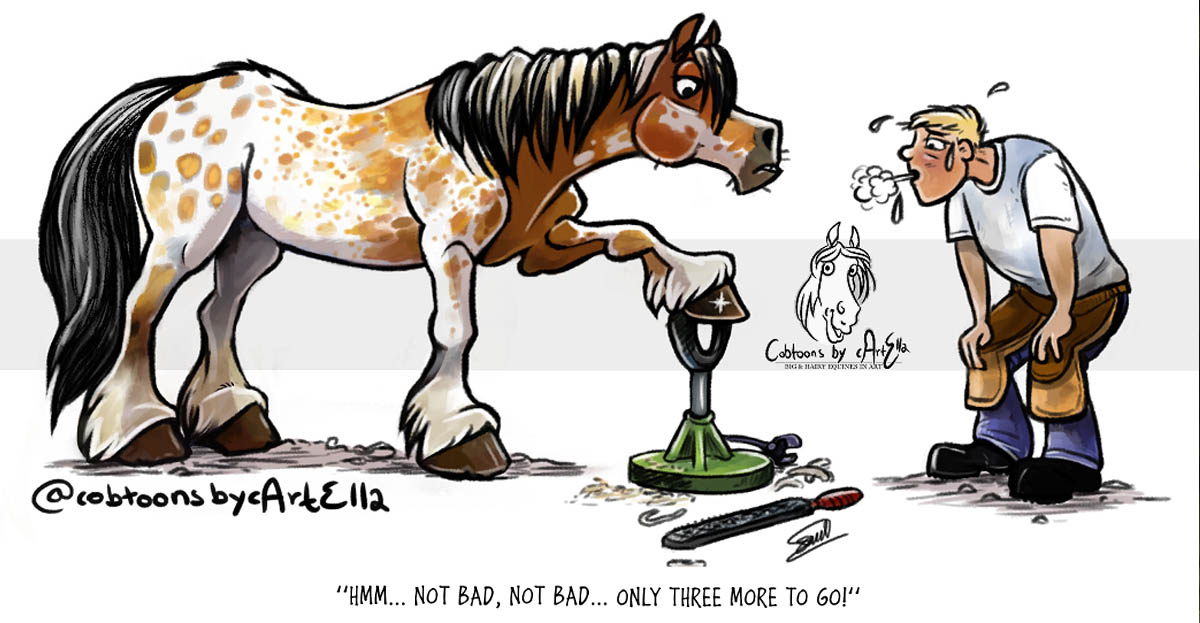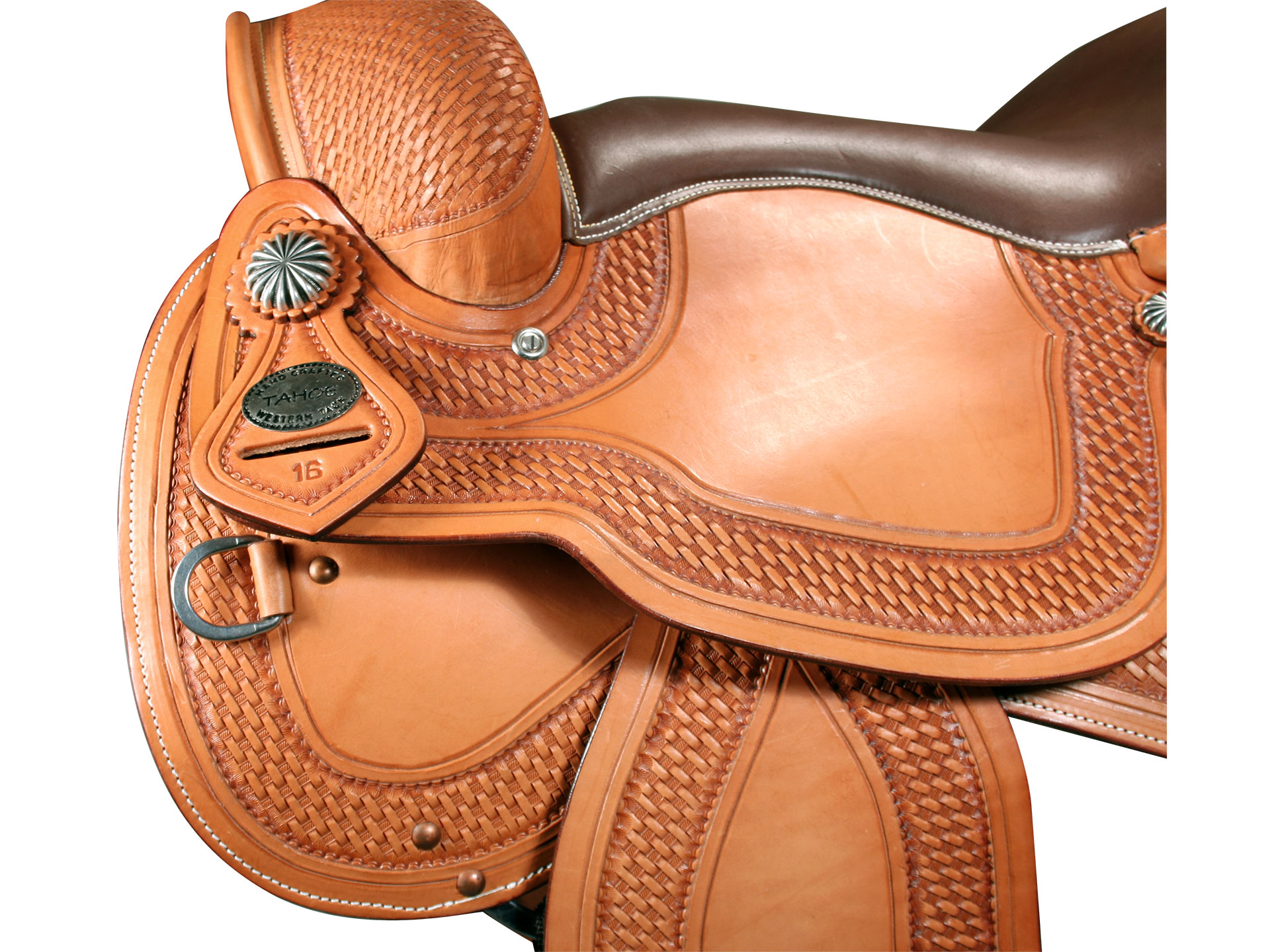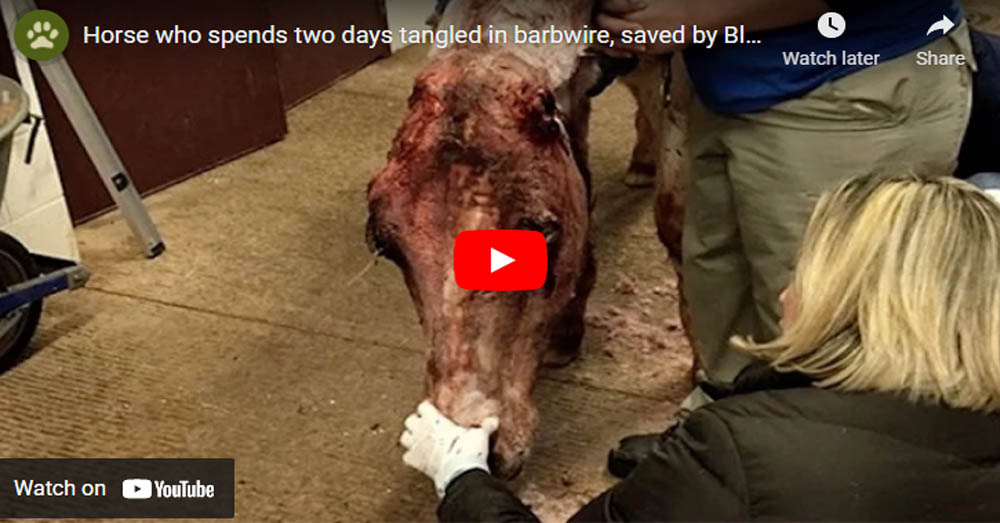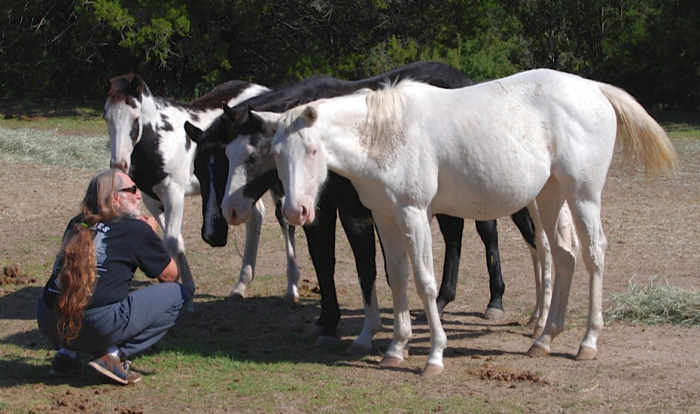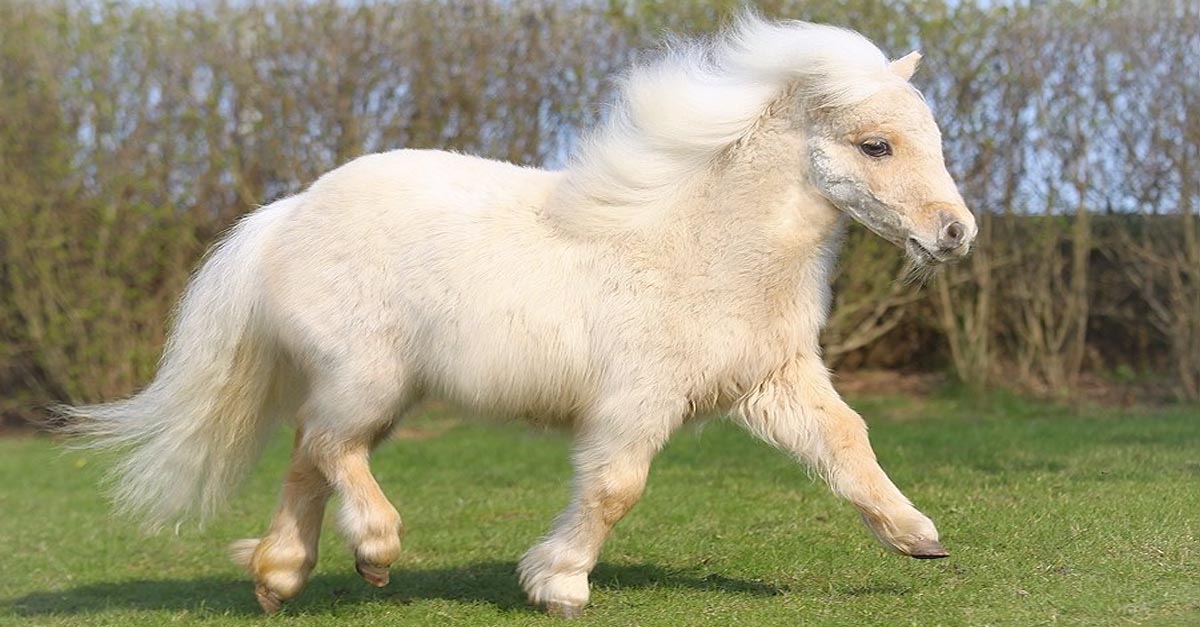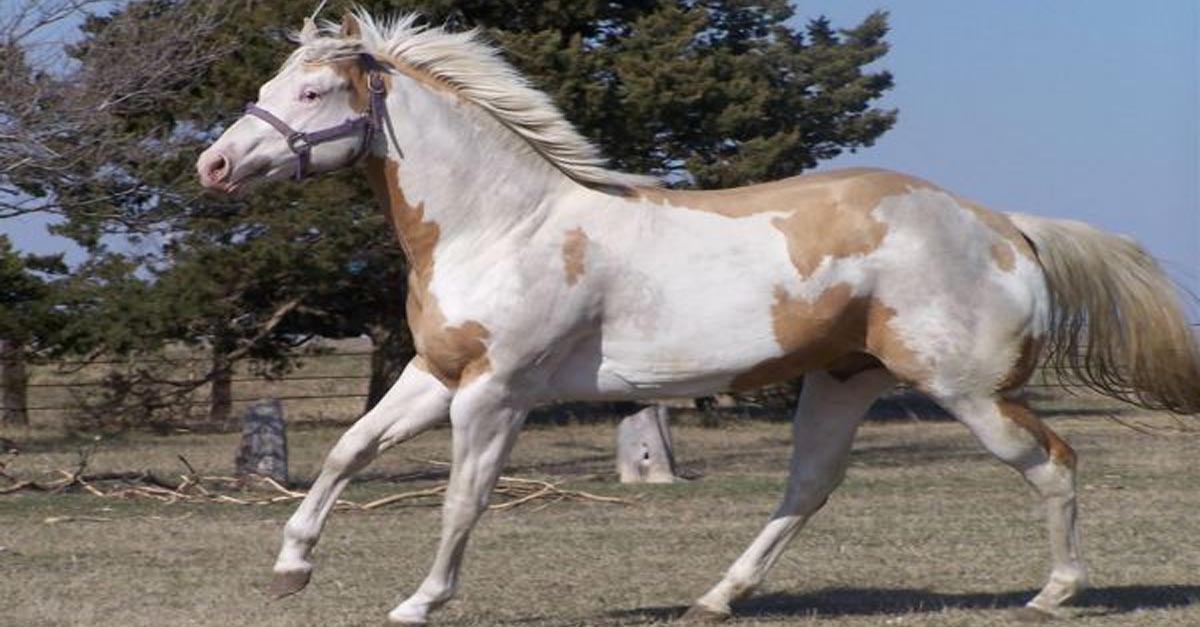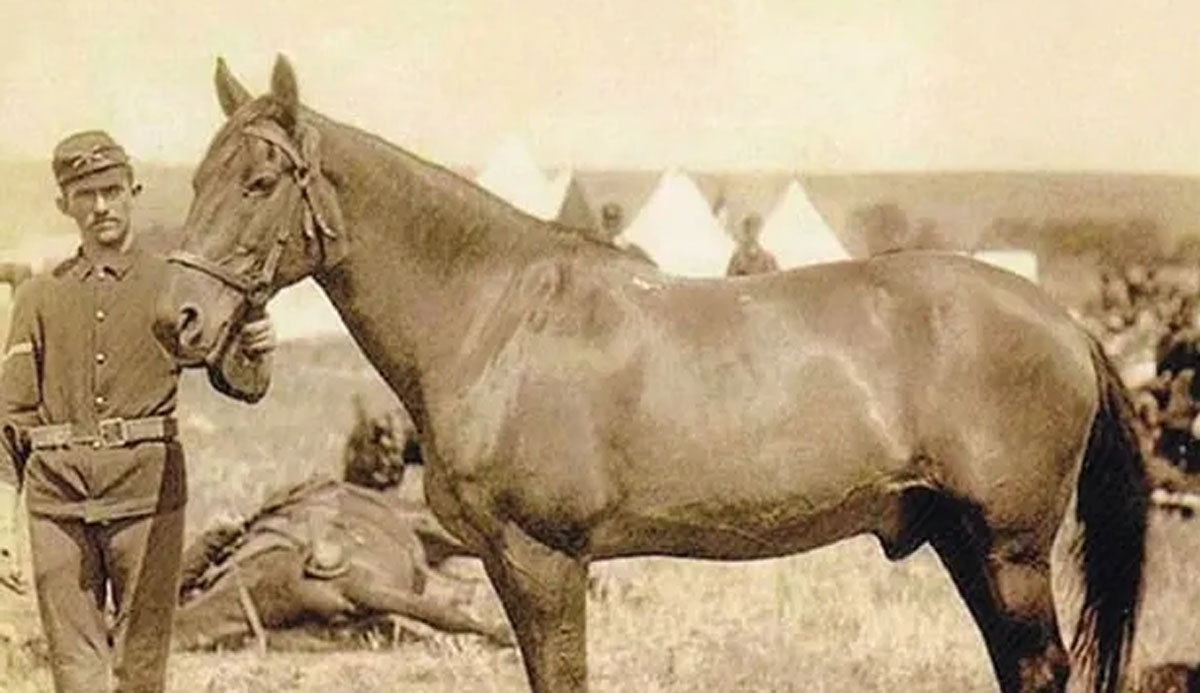Mud Fever
Get help avoiding and treating mud fever with the stableexpress equestrian health pages. If you provide product to treat Mud Fever and would like to contact Stableexpress to feature your product please email us at mudfever@stableexpress.com

Mud fever is a skin disease that affects horses and bacteria called Dermatophilus Congolensis causes it. The skin is affected by some skin reactions due to different irritants, and it is common in places that have wet weather. The diseases affect the lower limb, especially the pastern back, and the common symptoms are swelling, scads, soreness discharges, and splits on the skin. If not treated, it can cause the whole limb to swell and even become lame.

The bacteria Dermatophilus Congolensis stays in the soil as spores, and they become active only in wet weather. The bacteria can`t enter a healthy horse skin, but when the skin softens due to constant wetting and drying, which cause the skin to crack, the bacteria will then enter. Anything that causes the skin to break such as a wound or cut is an opening to infection. Horses that have hairless limbs tend to suffer more than horses that have hairy legs. Therefore, it is good to inspect your horse regularly to notice the condition early enough for treatment.

The treatment of mud fever is not simple, especially if the condition has worsened. However the treatment is as follows:
It is important for the horse not to have repeated attacks of the diseases so there are several ways that you can prevent or even minimizes the chances. These are:
Mud Fun
Watch this video below of these two horses having some great fun in the mud, would not like to be the one to wash these guys off.
Hilton Herbs Mud Defender
Proven To Support Skin Structure , Integrity & Resistance To Mud Dwelling Bacteria - Contains Cystenine & Keratin & more properties to help support your horse or pony - Available in 1kg or 2kgHow to Avoid and Cure Mud Fever
How To Avoid and Treat Mud FeverMud fever is a skin disease that affects horses and bacteria called Dermatophilus Congolensis causes it. The skin is affected by some skin reactions due to different irritants, and it is common in places that have wet weather. The diseases affect the lower limb, especially the pastern back, and the common symptoms are swelling, scads, soreness discharges, and splits on the skin. If not treated, it can cause the whole limb to swell and even become lame.

The bacteria Dermatophilus Congolensis stays in the soil as spores, and they become active only in wet weather. The bacteria can`t enter a healthy horse skin, but when the skin softens due to constant wetting and drying, which cause the skin to crack, the bacteria will then enter. Anything that causes the skin to break such as a wound or cut is an opening to infection. Horses that have hairless limbs tend to suffer more than horses that have hairy legs. Therefore, it is good to inspect your horse regularly to notice the condition early enough for treatment.

The treatment of mud fever is not simple, especially if the condition has worsened. However the treatment is as follows:
- Start with the removal of scabs and crusts by soaking the limbs in an antibacterial shampoo such as hibiscrub so as to soften them. Most of the time, this procedure is painful, so the horse needs to be sedated.
-
Once you have removed the scabs, wash the limbs with warm water and dry the limb thoroughly using towels or even a hairdryer. The scabs should be disposed of properly as the bacterium usually remains active for a very long time.
- When the limb dries, clip any lesions and apply a bacterial ointment and anti-inflammatory. You may bandage the limb as a way of ensuring that it is clean and dry. However, don`t wrap too tightly to avoid moisture building up hence reinfection. The bandage should often be changed.
- The whole procedure might be repeated after several weeks if it was advanced. If the mud fever was in the advanced stage, an antibiotic medicine, either injection or oral might be given for effective treatment.
It is important for the horse not to have repeated attacks of the diseases so there are several ways that you can prevent or even minimizes the chances. These are:
- Ensure that the beddings are dry clean and non- irritant at all times.
- If you have to bandage or put shoes on the horse, ensure that the limbs are first dry and clean.
- Disinfect all equipment`s stable surfaces and gears occasionally to kill any spores.
- If using any creams on the horse, use them with caution as they may provide a medium for bacteria to grow between the waterlogged skin hence re-occurrence of mud fever.
- To promote a healthy skin give nutritional supplements such as cod liver oil, antioxidants, and essential oils.
- Keep the horses off wet, muddy areas and you may choose to concrete the places the horses stay so as to keep the legs dry.










